Two industry leaders in their fields – InContext Solutions, and Syndigo – came together for several discussions about the massive changes taking place in the way that consumers shop for products and the way that brands and retailers provide them for sale. This is the first in a series of blogs that explore what the future of shopping could look like, and perspectives on what that means for the businesses that serve this sector.
Albert Einstein once famously said “In the middle of every difficulty lies opportunity.” The retail and CPG space has weathered its share of difficult times in the past decade, and the challenges that have emerged from the global pandemic are like nothing we’ve seen before. Yet the path forward, just as it has been in the past, lies in the opportunity to think and act differently.
Consumer shopping habits are always changing, so even pre-pandemic, industry leaders were already pursuing innovative solutions that help them plan for the future. Today, a digital strategy is more important than ever.
How can we make sure we’re setting ourselves up to thrive as we go into 2021, and beyond? And what will that even look like? We’ve sifted the tea leaves, and have some ideas about what we should expect in the months (years?) ahead.
The Online Experience, In The Store
In our pandemic universe, the same experiences we pointed to as the future of grocery (grocerants, spirits and food sampling, and an ambiance that encouraged browsing and extended shopping trips) very quickly went by the wayside. That’s not to say those things won’t come back down the road, but safety and efficiency are the main drivers of a successful in-store shopping mission right now.
This shift shows us that retailers should be taking a cue from their online counterparts. In general, people who shop online fall under the category of “buyers”—they know what they want, search for it, and checkout. Those who prefer in-store browsing are “shoppers”—they want to touch, try on, try out, compare, and make more impulse purchases. Yet today, “shoppers” are few and far between. Creating an in-store experience that mimics an online buying experience—where everything is easy searchable, checkout is fast, and browsing is kept to a minimum—is a way to make customers feel safer.
What does your POS look like? There are less kids coming into the physical store right now—can we leverage the checkout for items like masks, hand sanitizer, and meal-prep kits, instead of the kid-enticing candy and toys?
The In-Store Experience, Online
In that same vein, what if online shopping could look more like the pre-pandemic in-store experience? For many years, technology companies have sought to bring interactivity to online shopping. As far back as 2013, companies such as Samsung referred to the “endless shelf” as a metaphor for virtual stores, where a shopper could interact with technology to search for more information related to the products being offered.
More recently, the concept of the digital shelf has surfaced to refer to the endpoint of a shopper’s online journey. And without the constraints of physical space, brands and retailers have begun to create opportunities for more engaging and interactive ways to move items into the cart and shoppers to the checkout…online.
Making virtual shopping more like the physical experience is the next evolutionary step for marketers to draw consumers in. And while it’s not possible to hold an item in one’s hand, by viewing items online from multiple angles (or as a 360-degree spin) shoppers can get a “feel” for the product. Without a floor associate to answer detailed questions about model options, uses, or other product features, having products online with interactive photographs that highlight these important benefits are the replacement, ensuring more accurate and consistent information, controlled ultimately by the brand.
And just like a physical store, retailer websites and brand product detail pages (PDPs) are continually measured and optimized to put compelling items front and center to attract more engagement and possible trial.
What’s next? Beyond the explosive growth in website content and PDPs lies the intriguing world of a “virtual” store layout. Think about it: In the US, the very first supermarket opened in 1916, and through more than a century of evolution, today’s shoppers intuitively understand a store’s layout. A new horizon for online shopping is placing products in a digital analogue to the physical store – through 3D aisles and products that can be “taken” off a shelf, examined, and placed in their digital cart, with signage and other merchandising displays offering different promotions – all under a single (virtual) roof.
The Way Forward
We can’t see the future. Even post-pandemic, whenever that may be, the behaviors learned during this time will become a part of a more complex relationship with shopping and retail. We will likely be living with these new effects for quite some time. So it’s important that brands and retailers are armed with the tools to create engaging experiences, understand current shopper behavior, optimize current processes, and be able to change course quickly, to be ready for what is to come.
InContext Solutions is the global leader in 3D simulation software & virtual market research methodologies for retail. InContext is on a mission to bring traditional merchandising into the digital age—so brands and retailers can win faster than ever before.


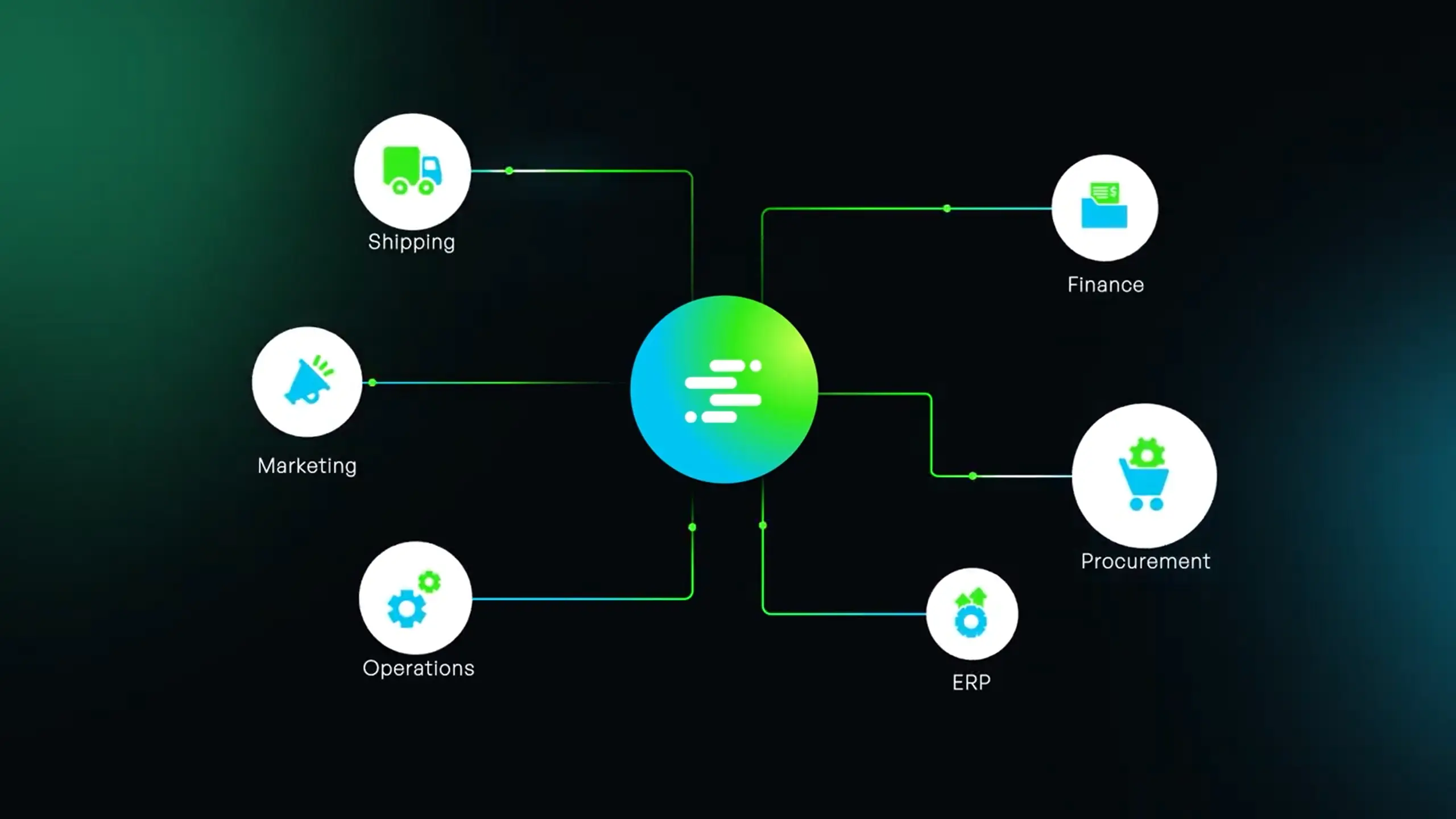
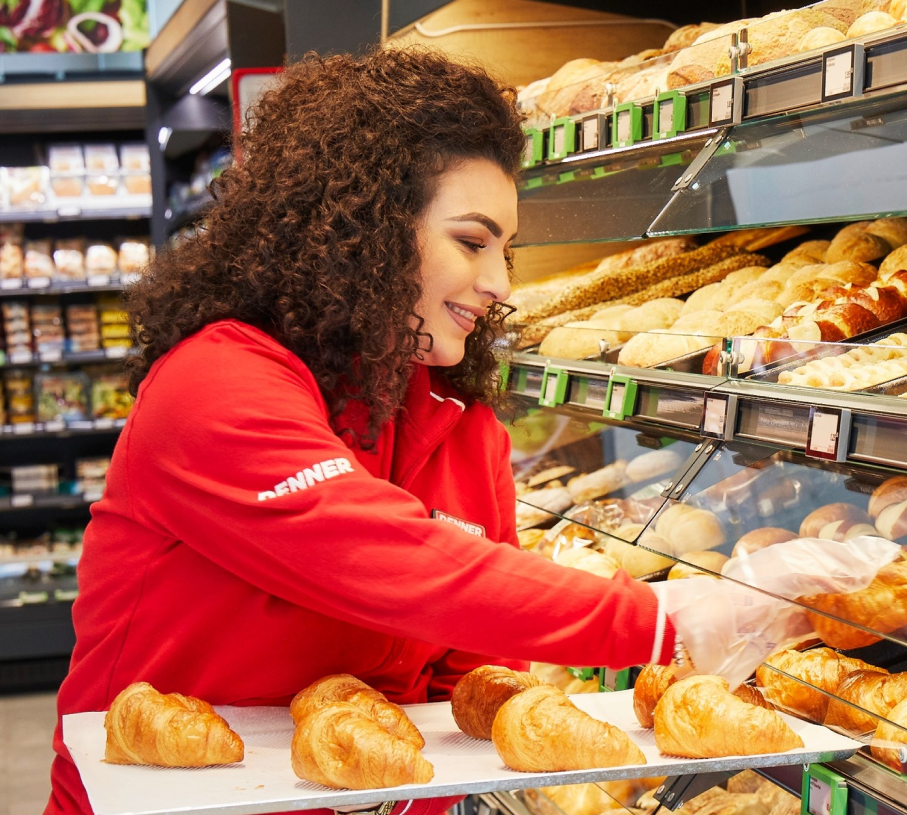
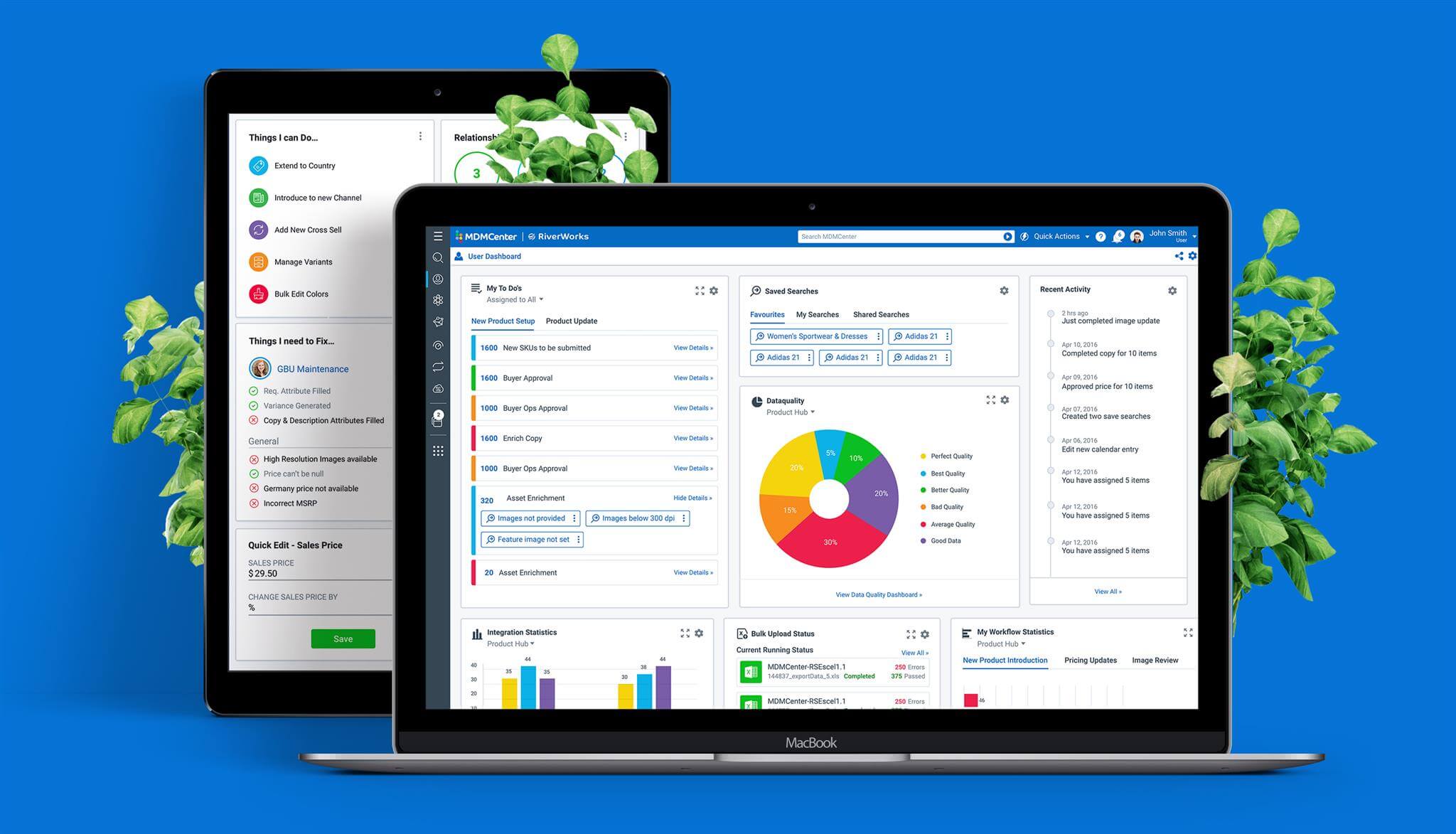

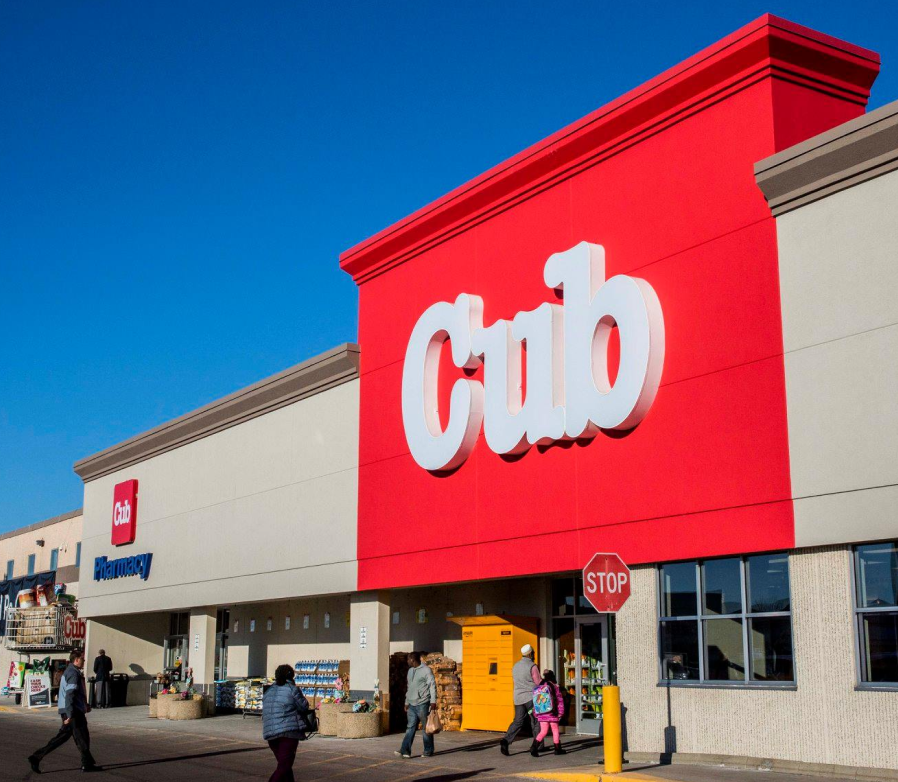





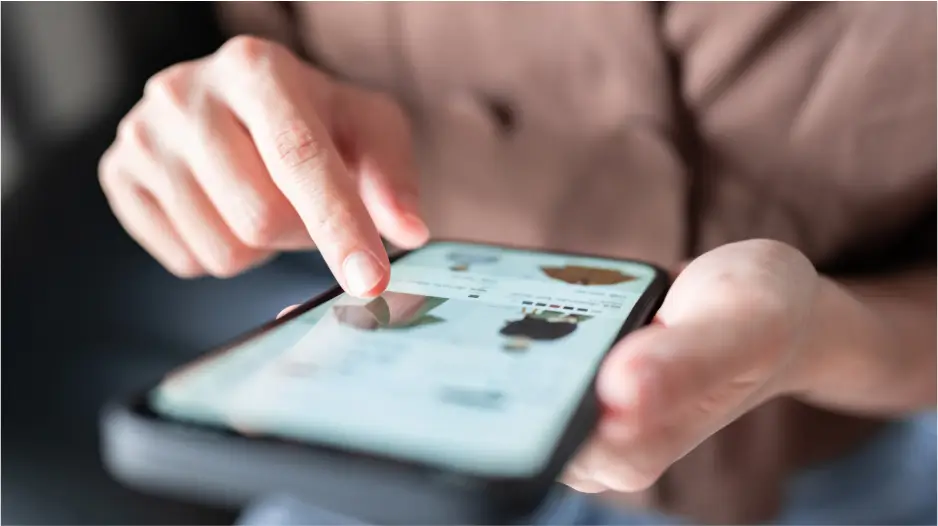



 Don't miss out! Subscribe to our blog for updates.
Don't miss out! Subscribe to our blog for updates.